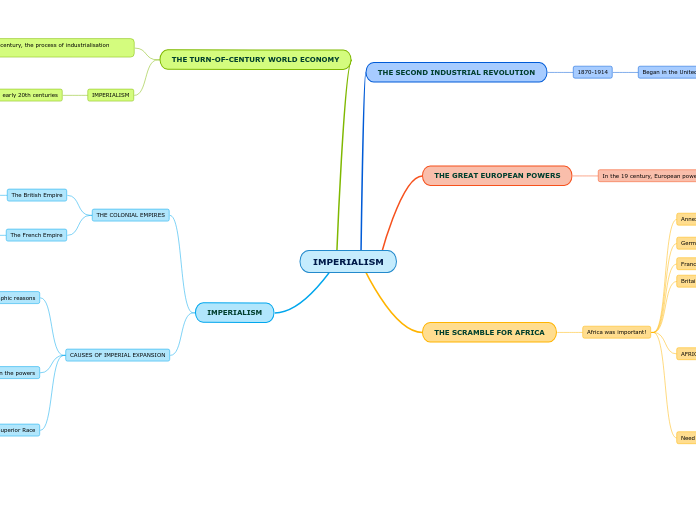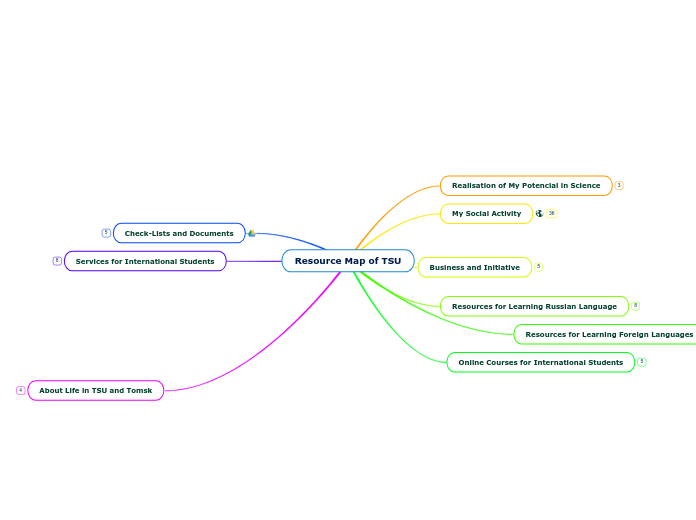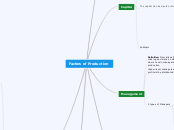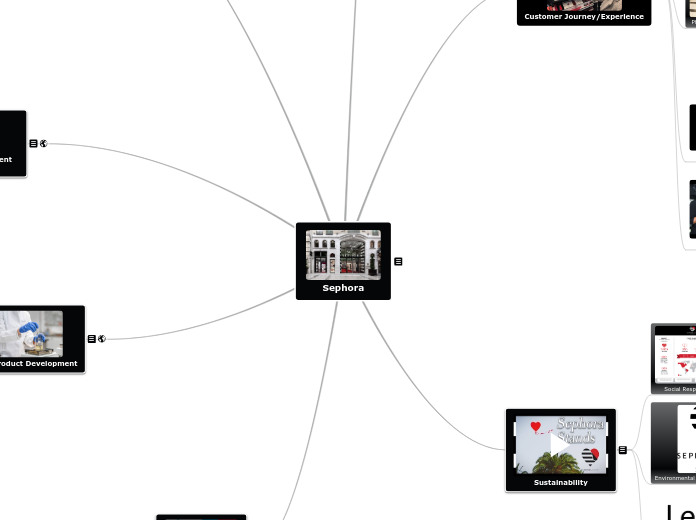Closed Captions for Videos: AI-powered speech recognition models will dynamically generate accurate closed captions for instructional videos, continuously improving accuracy based on user feedback and new data.
Login Screen - Enter Email and Password, or Create an Account
Music A.I. Home Screen
Offline Mode: Various methods of offline study are available within Music A.I.
Offline Practice Exercises: AI-driven content caching will provide access to relevant practice exercises offline, allowing users to continue learning and practicing even in low-connectivity environments.
Offline Analysis Results: AI will generate compact and portable analysis files for offline access, and A.I. algorithm will be useable offline, allowing users to review their performance results without requiring an internet connection.
Downloadable Lessons: AI will dynamically optimize the download process for lessons and resources, ensuring users can access content efficiently and without interruption.
Integration with Music Platforms: This section integrates the app with music streaming platforms and sheet music repositories, offering users a seamless experience by suggesting relevant tracks and providing external resources for practice and study.
Sheet Music Repository Links: AI will dynamically recommend sheet music based on users' performance analyses and preferences, providing a wide selection of suitable pieces for practice and study.
Music Streaming Integration: AI-driven recommendation engines will dynamically suggest relevant music tracks and compositions from integrated platforms, considering users' preferences and learning goals.
External Resource Access: AI-powered content curation will continually update external resource links, ensuring users have access to the latest and most relevant educational materials.
Gamification and Challenges: In this section, gamification elements are incorporated to enhance user engagement. It features practice challenges, achievement badges for milestone accomplishments, and leaderboards to encourage healthy competition and motivation.
Collaborative Challenge Sharing: AI will facilitate seamless sharing of collaborative challenge results within the app's community, promoting teamwork and fostering an ever-growing collection of collaborative musical projects.
Community Progress Showcase: AI will dynamically curate the progress showcase, ensuring a diverse representation of user achievements and musical creations, continually evolving based on new contributions.
Social Media Sharing Integration: AI-powered content sharing tools will continually optimize the sharing process, suggesting suitable progress and achievement highlights for users to share with their online communities.
Achievement Badges: AI-driven achievement systems will dynamically recognize and reward users for completing milestones, encouraging continuous growth and providing evolving challenges.
Practice Challenges: AI will generate fun and engaging practice challenges based on user progress and preferences, continuously adapting the difficulty and scope to match individual skill levels.
Language Support: A.I. language translational tools for accessibility.
Translated Content: AI will utilize generative language processing to provide accurate translations of theory lessons and explanations, allowing for dynamic adjustments based on user interactions and evolving language models.
Language Preferences: AI recommendation systems will continually refine language preferences by learning from user feedback and adapting to changing linguistic trends, providing personalized language options for each user's evolving needs.
Multilingual Interface: AI-driven language translation models will dynamically translate app interfaces and content into multiple languages, continuously improving translation accuracy and adaptability.
Cultural Context and Representation: This section aims to celebrate and represent various cultural backgrounds in music. It offers diverse music genres from global cultures, provides ethnomusicological insights to understand the cultural significance of musical pieces, and includes contributions from cultural experts to ensure culturally rich content.
Music History by Region: AI will analyze and organize music history lessons using generative categorization techniques, providing users with evolving insights into musical styles and developments from different areas.
Guest Artists and Performances: AI will use generative event prediction models to anticipate and notify users about upcoming live performances and masterclasses by acclaimed musicians from specific regions, ensuring access to a dynamic array of learning opportunities.
Spotlight on Musical Icons: AI-generated spotlight features will continually highlight and showcase profiles of iconic musicians and composers from specific regions, adjusting recommendations based on user feedback and historical significance.
Collaborative Projects with Local Musicians: AI will use generative networking algorithms to match users with musicians from specific ethnic backgrounds, fostering ongoing cross-cultural collaboration opportunities.
Interactive Cultural Experiences: AI will create interactive simulations that evolve based on user feedback, providing users with personalized and dynamically adapting virtual experiences of traditional cultural practices and performances.
Cultural Music Showcases: AI-generated event recommendations will consider user interests and preferences, dynamically suggesting showcases celebrating specific ethnic traditions, fostering an ever-evolving exploration of musical diversity.
Cultural Experts' Contributions: AI-driven chatbots and virtual experts will be generative, continuously learning from expert contributions to provide users with dynamically evolving and relevant content.
Ethnomusicological Insights: AI will process vast amounts of ethnomusicological data to generate context-rich insights, dynamically presenting users with historical context and cultural importance of specific musical pieces.
Diverse Genres: AI-powered generative models, such as GANs (Generative Adversarial Networks), will create music content from various global cultures, continuously learning from user preferences and cultural significance.
Personalized Learning Paths: The goal of this section is to provide personalized learning experiences for users. It includes features like skill level recommendations that adapt based on users' performance, goal-oriented resource suggestions aligned with individual learning objectives, and adaptive learning algorithms that adjust content difficulty in real-time.
Adaptive Learning Algorithms: AI will employ deep learning models to track user progress in real-time, dynamically adjusting the difficulty and content of lessons to create a truly adaptive and personalized learning journey.
Goal-Oriented Resources: AI-generated content recommendations will be based on user behavior, preferences, and learning objectives, continually evolving as the app learns from user interactions and feedback.
Skill Level Recommendations: AI algorithms, using reinforcement learning techniques, will analyze users' diagnostic assessment results and adaptively refine the skill level recommendations, considering the nuances of each user's performance.
Inclusivity and Accessibility: This section focuses on making the Music A.I. App inclusive and accessible to all users.
Accessible Design: AI-driven user behavior analysis will continuously optimize the app's design, learning from user interactions to adapt and improve the accessibility of the user interface over time.
Screen Reader Compatibility: AI will utilize natural language processing and image recognition to dynamically label app elements, adapting to user interactions and providing a more seamless experience for screen readers.
BIPOC Canon Project
Curriculum Tools: Users can explore alternative works to supplement or replace assignments from the traditional music history canon. This encourages a more inclusive and comprehensive understanding of music history, fostering cultural appreciation and promoting a diverse musical education.
Accessible Repository: Users can access a curated repository of BIPOC composers and musicians, featuring a variety of musical genres, styles, and time periods. The repository includes works from various cultural backgrounds, highlighting the rich contributions of BIPOC artists to the musical landscape.
Supplementing Traditional Music History Canon: This section aims to provide users with a diverse range of alternative works by BIPOC (Black, Indigenous, and People of Color) composers and musicians. It acknowledges the importance of expanding the music curriculum beyond the traditional canon to include historically underrepresented voices and perspectives. In addition to student access, the section includes resources specifically designed for educators, such as lesson plans, discussion prompts, and teaching strategies to incorporate BIPOC alternative works into the curriculum effectively.
Support and Contact: The support and contact section offers users a means to reach out for assistance. It provides contact information, such as email or a support ticket system, enabling users to seek help, report issues, or make inquiries regarding the app's features, functionality, or billing.
Resource Library: The resource library is a collection of downloadable materials available to users. It includes music theory guides, scales and chord charts, practice exercises, sheet music, audio samples, video tutorials, and other valuable resources to support the user's learning journey.
News Section: The app includes a news section where articles, tutorials, tips, updates, and other relevant content are published. Users can access educational resources, stay informed about music education, practice techniques, new features, industry trends, and more.
Community Forum: The community forum allows users to engage in discussions, ask questions, share experiences, and exchange knowledge with other app users. It fosters a sense of community, provides a platform for peer-to-peer support, and encourages collaboration and learning among users.
FAQ (Frequently Asked Questions): The FAQ section provides answers to common questions that users may have about the app, its features, functionality, pricing, technical requirements, and more. It serves as a helpful resource for users to find quick answers and enhance their understanding of the app.
Privacy Policy:
The app includes a comprehensive privacy policy that outlines how user data is handled and stored. It provides information on users' rights regarding their data, including the ability to opt-in or opt-out of data storage and usage. The privacy policy ensures compliance with GDPR regulations for users in the European Union and follows relevant data protection regulations in the United States. Users can access the privacy policy by clicking on the "Privacy Policy" option in the settings section, where they can review the details and make informed decisions regarding their data.
Settings
A.I. Preferences: Users can customize A.I. preferences, such as the level of analysis and feedback, specific areas of focus, and desired intensity of generated exercises.
Account Settings: Users can access their account settings within this section, managing profile information, notification preferences, and other account-related options.
Progress Tracking: The app offers a progress overview feature that allows users to track their progress over time. This includes performance history, analysis results, and improvements made across various aspects of their musical journey.
Music A.I. Social: The Music A.I. Social tab allows users to engage with one another, view performances, and collaborate. Users can interact with a community of fellow music learners, fostering a sense of connection and collaboration.
Feedback from Peers: This section fosters a supportive learning community. It includes a peer review system for constructive feedback, user ratings and comments to promote positive interactions, and a supportive feedback community.
Supportive Feedback Community: AI will promote positive interactions and facilitate supportive discussions, continuously learning from user interactions to improve the overall feedback ecosystem.
Rating and Comments: AI-driven sentiment analysis will ensure that user comments and ratings are constructive and respectful, maintaining a positive and encouraging feedback environment.
Peer Review System: AI will aggregate and analyze user feedback, generating constructive and personalized feedback recommendations to foster a supportive and collaborative learning community.
Events and Workshops: this section provides information about upcoming events, workshops, masterclasses, and other educational opportunities. Users can browse and register for these events to further enhance their learning and networking experiences.
Teacher Connection: The Music A.I. Social section also helps connect users with live teachers, both online and in their local area. Users can search for and connect with music teachers, expanding their learning opportunities and receiving personalized guidance.
Collaboration and Multi-Track Environment: The app provides a collaborative environment where users can collaborate with others in real-time. This includes the ability to create multi-track recordings, whether with or without a clicktrack, facilitating collaborative music-making experiences. These multi-track recordings utilize a live performance buffer where audio is stored server-side, synced to a control metronome click, then rebroadcast to all other players to capture their performance. It then sums the outputs into a multi-layer audio and video file.
Live Jam Sessions: AI-powered real-time audio processing and synchronization algorithms will enable seamless live jamming experiences, regardless of users' geographic locations or internet connection speeds.
Clicktrack Integration: Users can choose to integrate a clicktrack within the collaborative environment, ensuring synchronization and timing accuracy during multi-track recordings.
Performances and Showcases: Users can showcase their performances within the Music A.I. Social section, sharing their progress and receiving feedback from other users.
Virtual Ensemble Performances: AI will facilitate real-time ensemble performances by coordinating audio and video streams from multiple users, creating a unified and dynamic musical experience.
Learn
Instrumental/Vocal Training: Within the Learning section, users can find resources and exercises tailored to their specific instrument or vocal type. These resources support instrumental or vocal training, covering techniques, exercises, and repertoire suitable for the user's instrument or voice.
Aural Skills: Users can engage in exercises designed to develop their sight-singing skills, improving pitch accuracy, rhythm, and musical interpretation.
Theory Lessons: Users can access theory lessons within the Learning section. These lessons cover various aspects of music theory, providing educational content to enhance the user's theoretical understanding.
A.I. Analysis and Feedback
Worksheet and Exercise Generation: Based on the user's performance and analysis results, the AI system generates personalized worksheets, exercises, and etudes. These resources are designed to target specific areas of improvement and facilitate the user's ongoing growth.
Constructive Criticism Output: The AI generates a detailed and constructive criticism output summarizing its various analyses. Users receive specific feedback and recommendations to enhance their skills and overcome challenges.
Analysis Results: The app's AI system performs a comprehensive analysis of the user's performance, considering various aspects such as technique, pitch, tempo, rhythm, harmony, and more. The analysis results are presented to the user, highlighting strengths and areas for improvement.
Performance Coach: This utilizes A.I. to analyze technique, pitch, tempo, rhythm, harmony, quantization, rhythmic displacement, intonation, tuning structure, dynamics, and form, providing a constructive criticism feedback system for students.
Optional Sheet Music and Notation Upload: users have the option to upload sheet music, tabs, or other types of notation relevant to their performance. This allows for better analysis and synchronization with the recorded or live performance.
Live Performance: Users can perform live within the app, recording their real-time audio or video performances for analysis and feedback. This utilizes a buffer system similar to industry-leading applications that use an internal clock and delay to synchronize players while accomodating for lag.
Upload Pre-Recorded File: Users can upload pre-recorded audio or video files of their performances. This feature enables the app's AI system to analyze technique, pitch, tempo, rhythm, harmony, quantization, rhythmic displacement, intonation, tuning structure, dynamics, form, and more.
Diagnostic Section: New Users Go Here First: this section analyze the user's instrument or voice type to identify and educate them about their unique characteristics and capabilities
Instrument/Voice Analysis: The app employs advanced algorithms to analyze the user's instrument or voice type, taking into account timbre or vocal profile via Fourier analysis (Fast Fourier transform). The analysis helps users understand their instrument or voice better, including range, timbre, and technical considerations. This in includes anayais of electronic music tracks for users whose performance tool is a computer or synthesizer, including asynchronous performance.
Please explore this application wireframe and leave some feedback! Comments about design, additional features, and changes are welcome!
TuneUp
How might we create a machine learning model to democratize performance-based skills and careers for underserved communities?









